Rewilding is a progressive approach to conservation. It’s about letting nature take care of itself, enabling natural processes to shape land and sea, repair damaged ecosystems and restore degraded landscapes. Through rewilding, wildlife’s natural rhythms create wilder, more biodiverse habitats.
Rewilding is about:
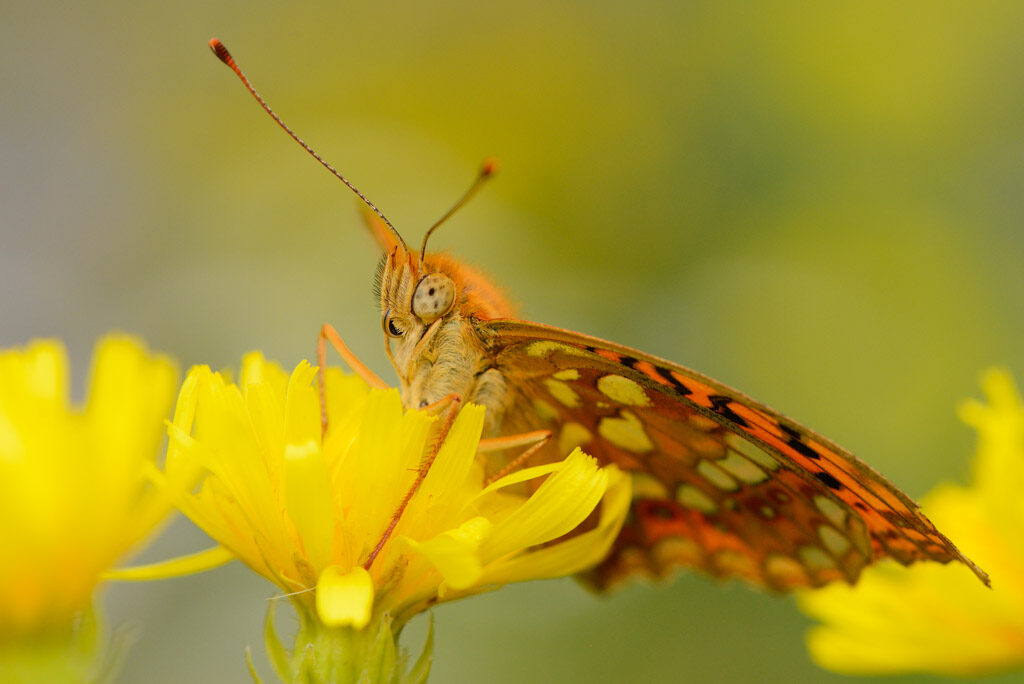
Nature’s own ways
Nature knows best when it comes to survival and self-governance.
We can give it a helping hand by creating the right conditions – by removing dykes and dams to free up rivers, by reducing active management of wildlife populations, by allowing natural forest regeneration, and by reintroducing species that have disappeared as a result of man’s actions.
Then we should step back and let nature manage itself.
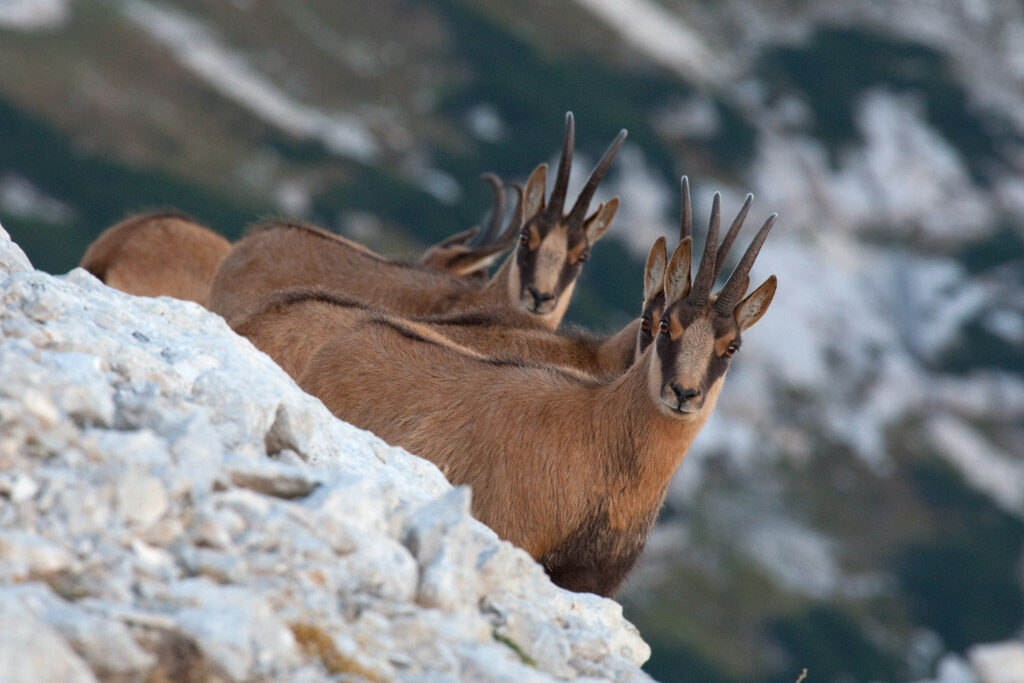
Bringing back wildlife
European wildlife species have strongly declined, even in our wildest areas. Some of them have even gone extinct, while they play a critically important ecological role. Rewilding works to restore lost species guilds by giving them space to thrive, by population enhancement, and by reintroducing key native species.
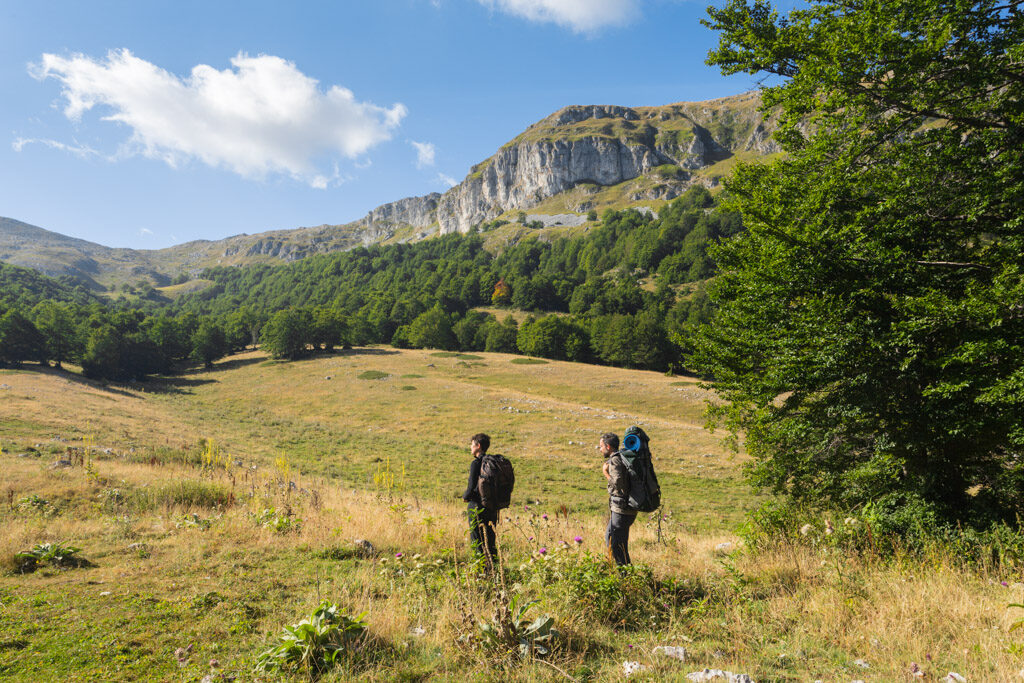
Ensuring wellbeing
When nature is healthy, we are healthier too. We rely on the natural world for water, food and air. There is a growing realisation that connecting with wild nature makes us feel good and keeps us mentally and physically well.
Rewilding is about reconnecting a modern society – both rural and urban – with wilder nature. We invite people to experience and live in these new, rewilded landscapes.
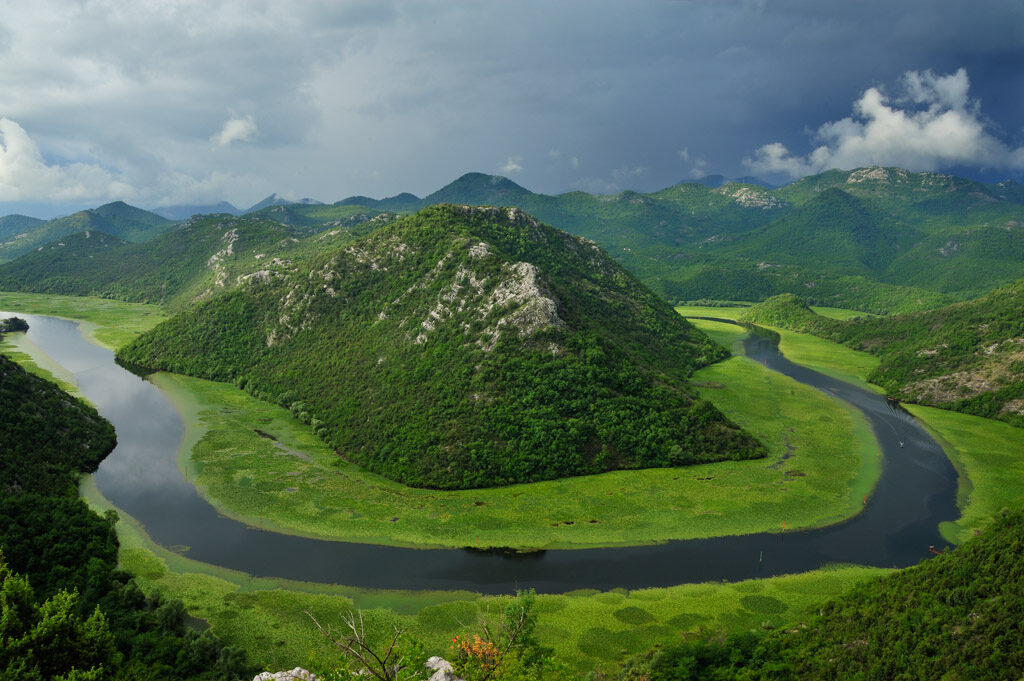
Delivering for the future
There is no defined end point for rewilding. The aim is to support nature-driven processes, which in turn will bring about wilder nature. This takes time and space. Rewilding is about moving up a scale of wildness, where every step moving up this scale is seen as progress.
If we create and protect areas where rewilding can take place, both people and wildlife will benefit in the long term.
“Rewilding is about changing the way we think about the value of wilder nature not just for today,
but long into the future.”
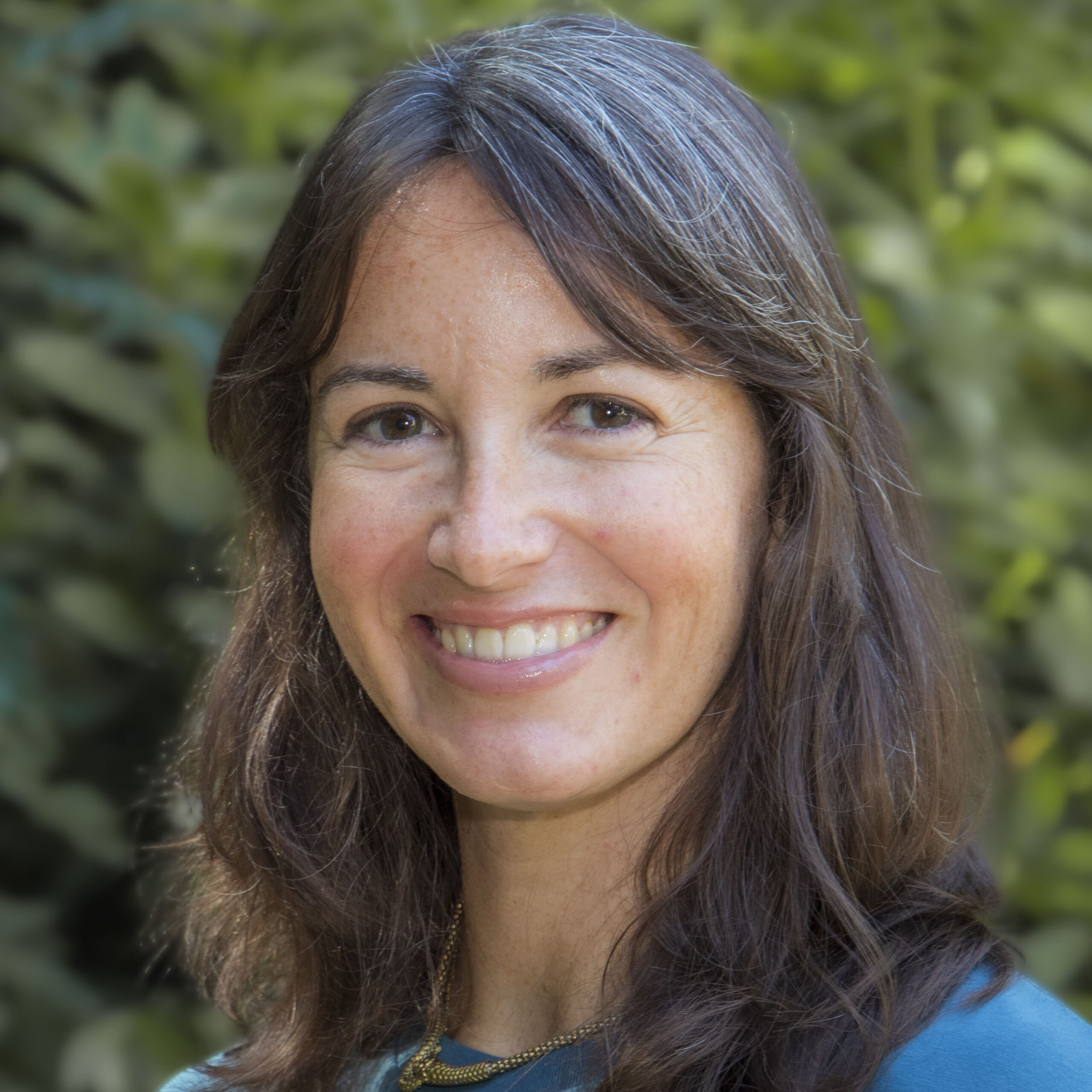
Carolina Soto-Navarro
Head of Wilder Nature
Why is rewilding vital in Europe?
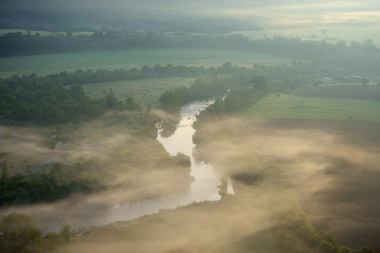
Our ecosystems need to recover
We not only need to protect nature, we also need to restore it. Many ecosystems – the basis of our natural wealth – are broken. Rewilding offers a historical opportunity to recover them. Robust and connected ecosystems make us more resilient to impacts of climate change.
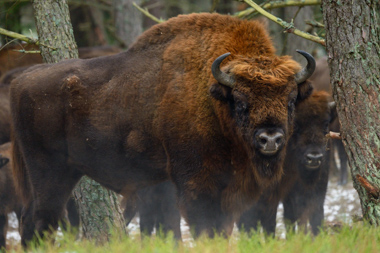
We need keystone species
These vital species, including top predators and large herbivores, drive ecological processes. Wildlife is now making a comeback in Europe, but numbers are still low. Rewilding will accelerate their recovery and restore important food chains and trophic cascades.
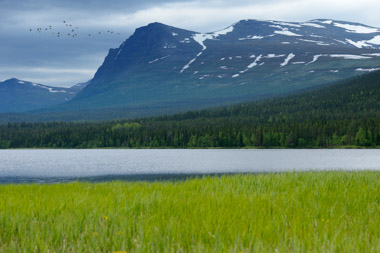
Wilder nature as an ally
Naturally functioning ecosystems are better at providing us with clean air and water, preventing flooding, storing carbon and helping us to adapt to climate change. Rewilding links ecology with modern economies, where wilder nature acts as an ally in solving modern socio-economic issues.
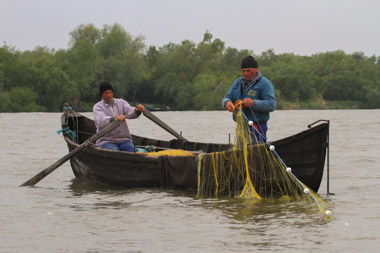
Communities benefit
Rewilding boosts local economies where alternatives are scarce. We work towards situations where nature tourism flourishes and local people earn a fair living from nature-based enterprises. This will help revitalizing both rural and urban communities.
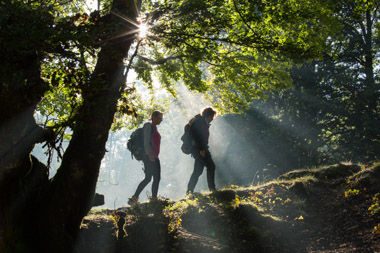
Wild places inspire people
Experiencing the thrill of wild nature reconnects people with our living planet. This improves health and wellbeing and builds a shared sense of humanity and pride, both on the countryside and in cities.
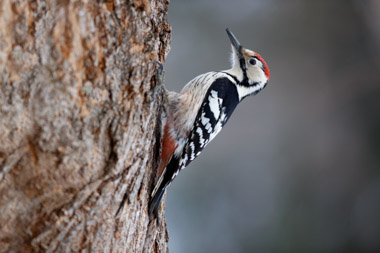
Nature’s ways are cost-effective
We believe that nature is fully capable of taking care of itself. This means letting natural processes shape our landscapes and ecosystems, instead of people actively managing that often requires high, recurrent costs. Self-regulating landscapes are more sustainable in the long run.
The principles of rewilding
Rewilding practitioners from across Europe have co-formulated a set of principles that characterise and guide rewilding in a European context. All equally important, these are as follows..
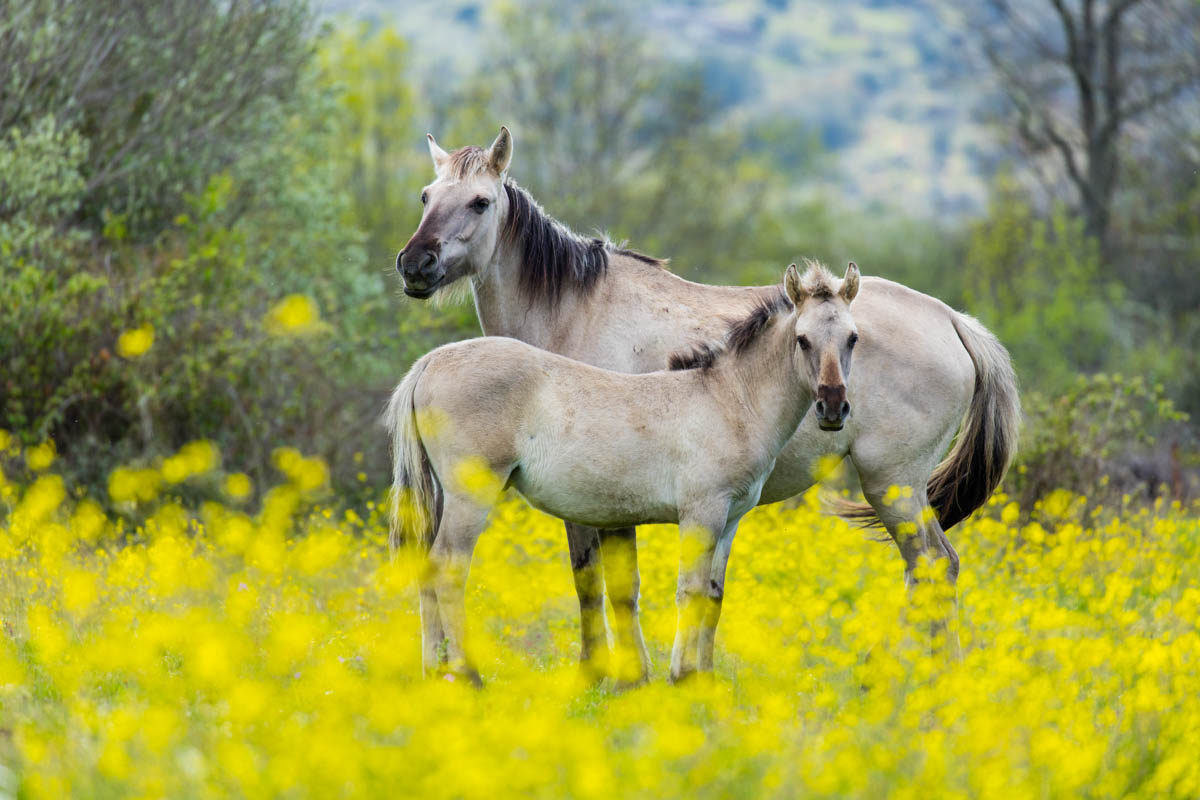
Providing hope and purpose
Rewilding generates visions of a better future for people and nature that inspire and empower. The rewilding narrative not only tells the story of a richer, more vital tomorrow, but also encourages practical action and collaboration today.

Offering natural solutions
By providing and enhancing nature-based solutions, rewilding can help to mitigate environmental, social, economic and climatological challenges.
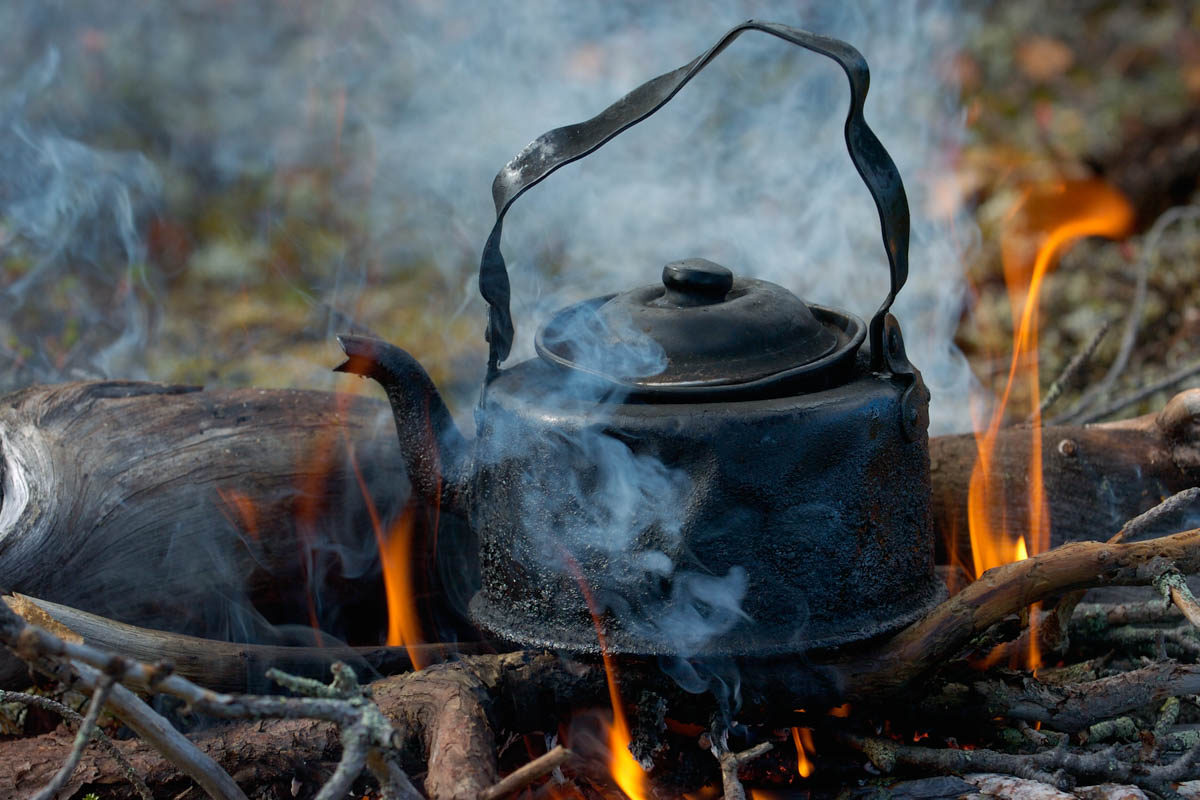
Thinking creatively
Rewilding means acting in ways that are innovative, opportunistic and entrepreneurial, with the confidence to learn from failure.
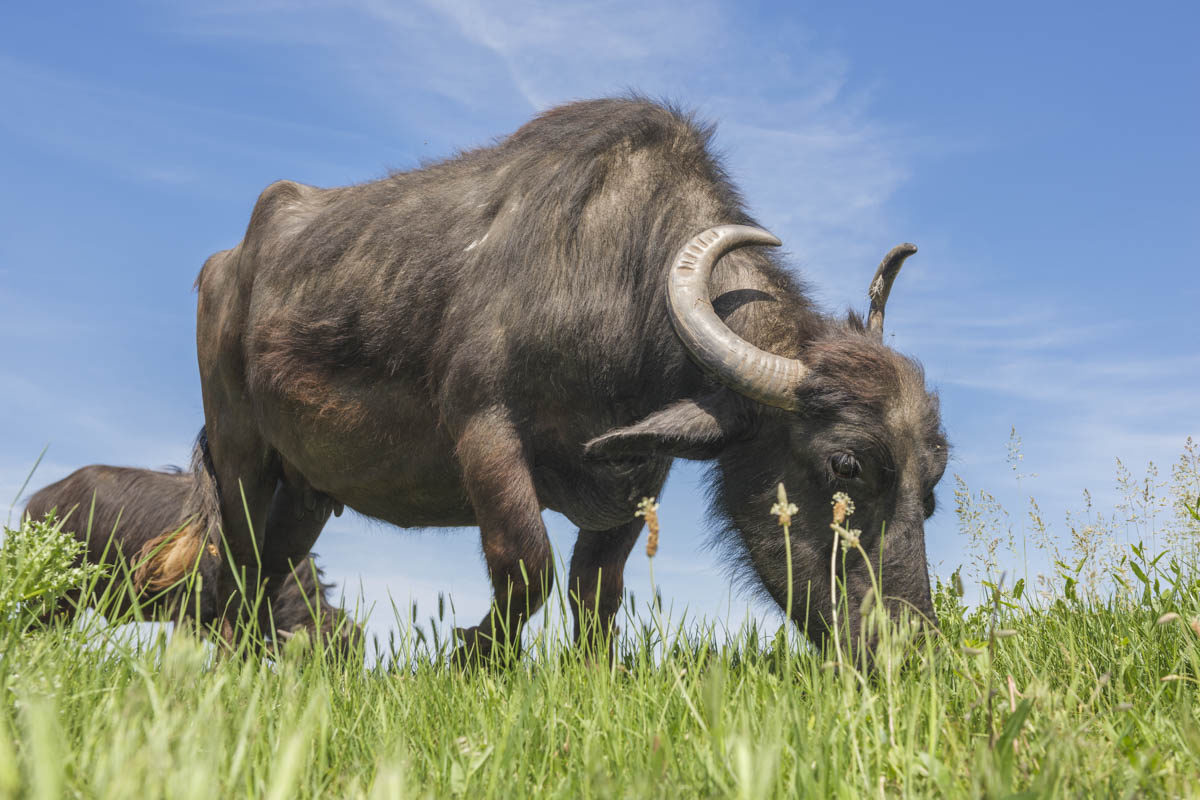
Complementary conservation
Rewilding complements more established methods of nature conservation. In addition to conserving the most intact remaining habitats and key biodiversity areas, we need to scale up the recovery of nature by restoring lost interactions and restore habitat connectivity.
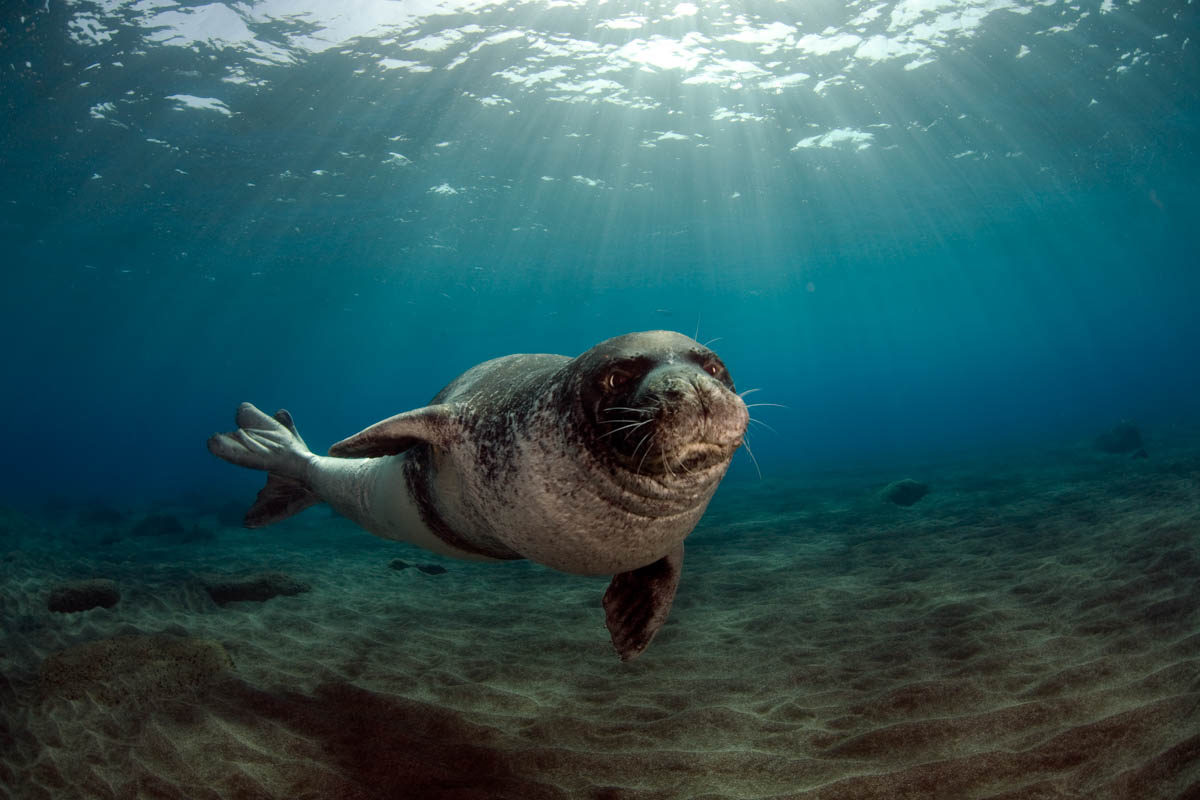
Letting nature lead
From the free movement of rivers to natural grazing, habitat succession and predation, rewilding lets restored natural processes shape our landscapes and seascapes in a dynamic way. There is no human-defined optimal point or end state. It goes where nature takes it. By helping nature’s inherent healing powers gaining strength, we will see people intervene less in nature going forwards.
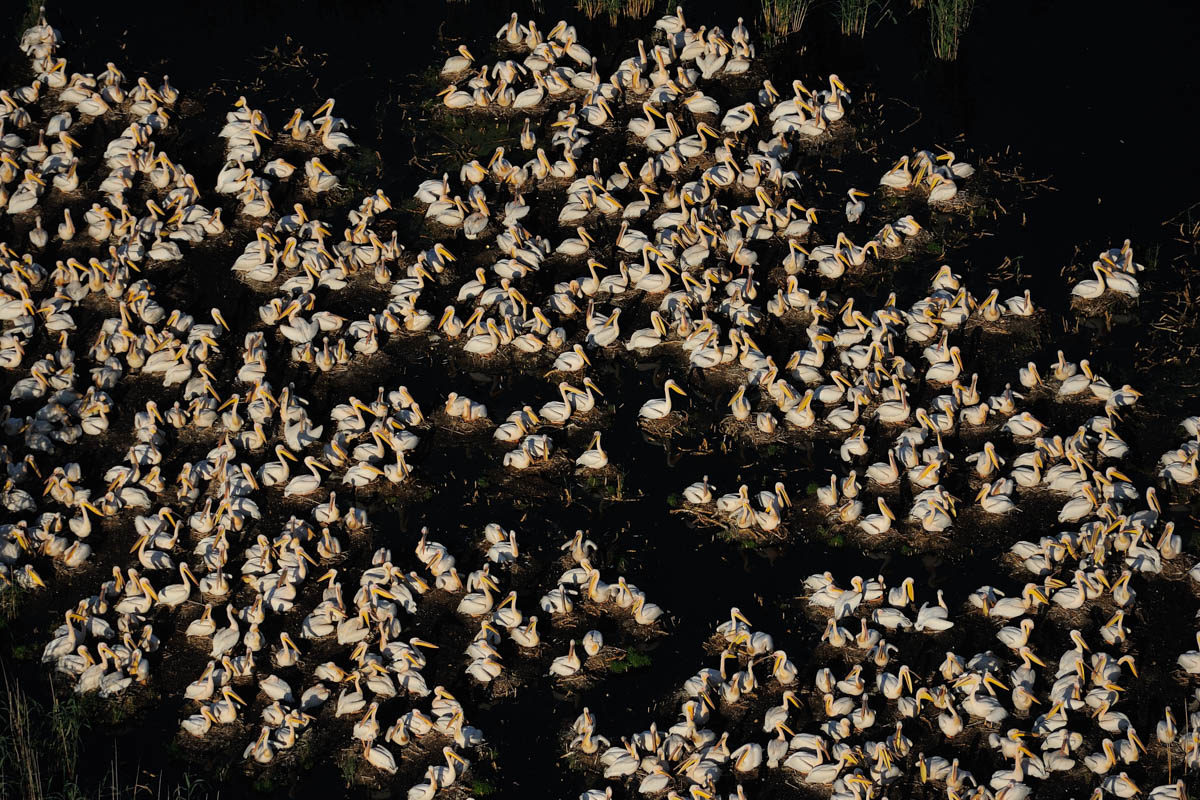
Working at nature’s scale
Rewilding means working at scale to rebuild wildlife diversity and abundance and giving natural processes the opportunity to enhance ecosystem resilience, with enough space to allow nature to drive the changes and shape the living systems.
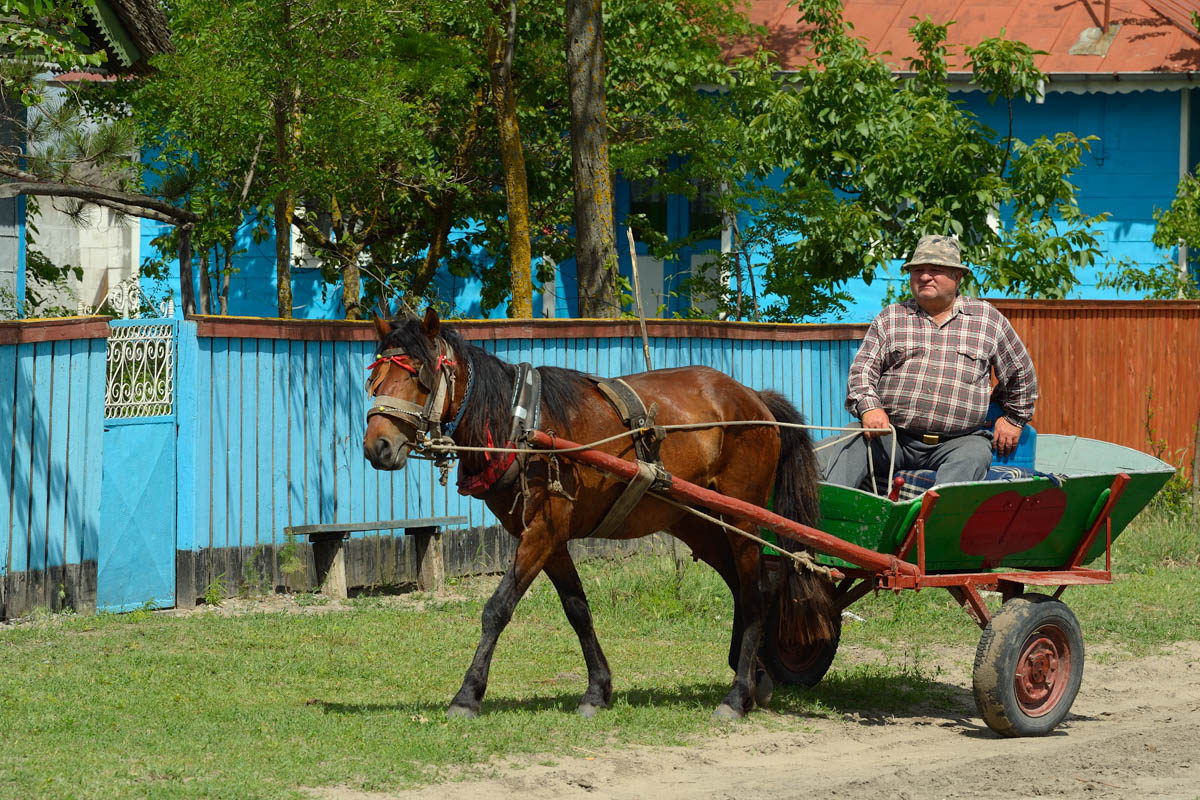
Acting in context
Rewilding embraces the role of people, and their cultural and economic connections to the land. It is about finding ways to work and live within healthy, natural vibrant ecosystems and reconnect with wild nature. We approach rewilding with a long-term knowledge of the environmental and cultural history of a place.
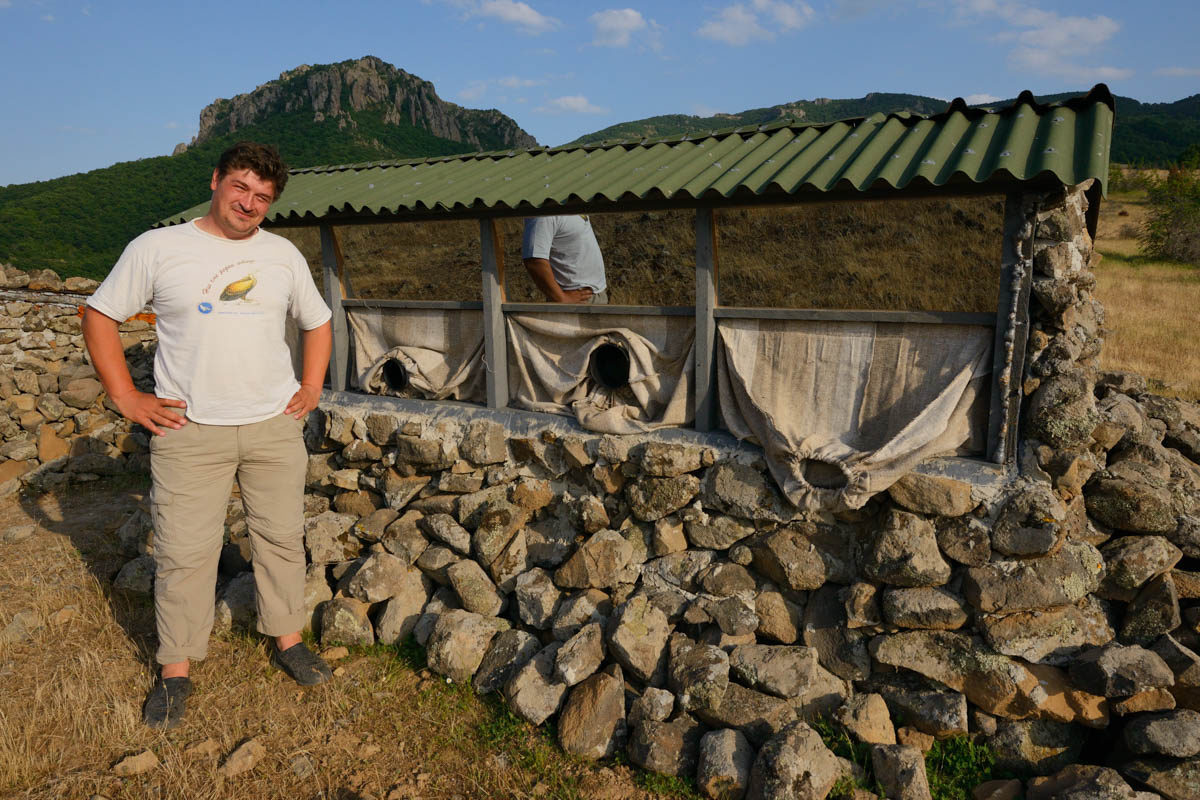
Building nature-based economies
By enhancing wildlife and ecosystems, rewilding provides new economic opportunities through generating livelihoods and income linked to nature’s vitality.
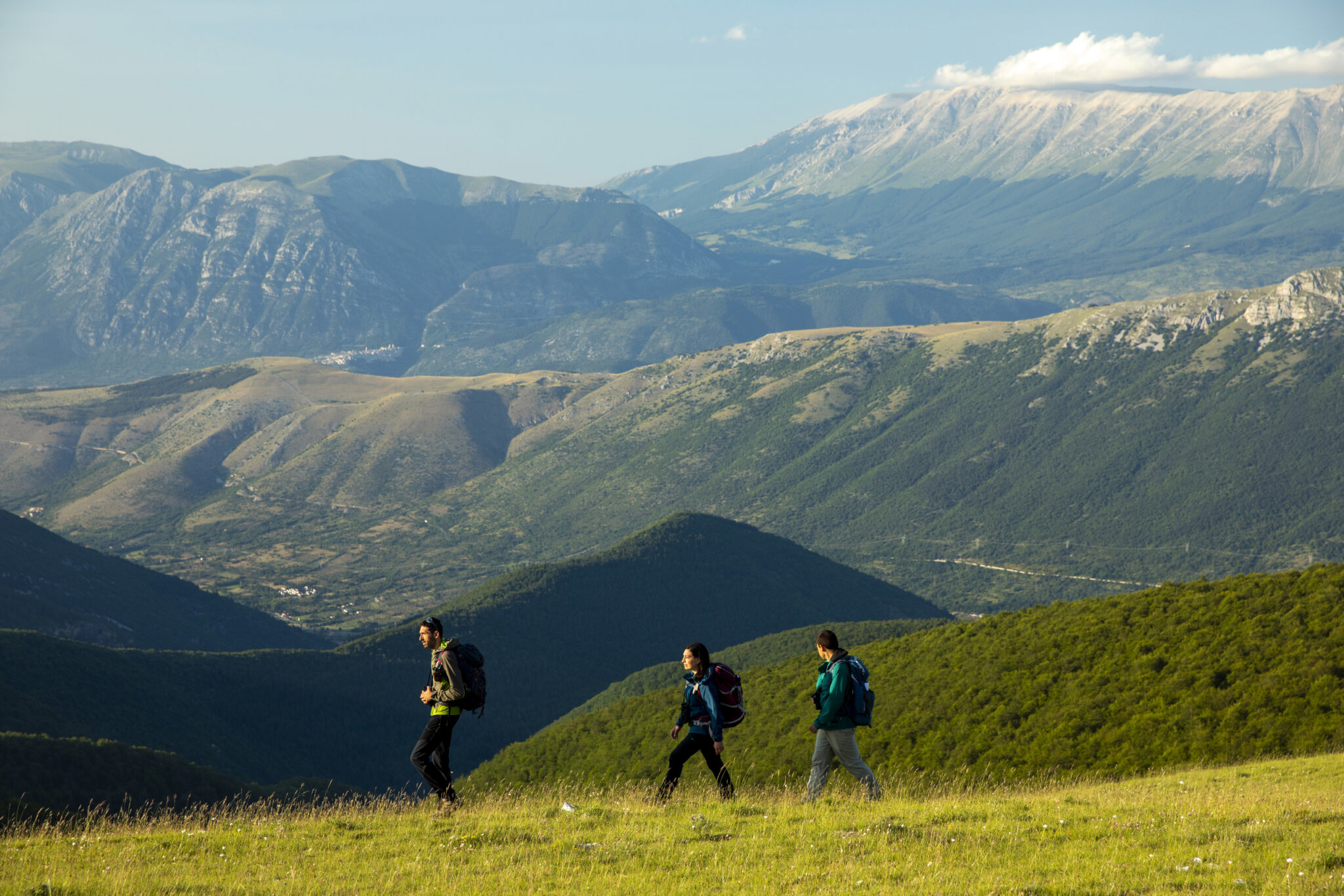
Long-term focus
To ensure sustained positive effects on biodiversity and resilient ecosystems for future generations, rewilding efforts aim and work on a long-term perspective.
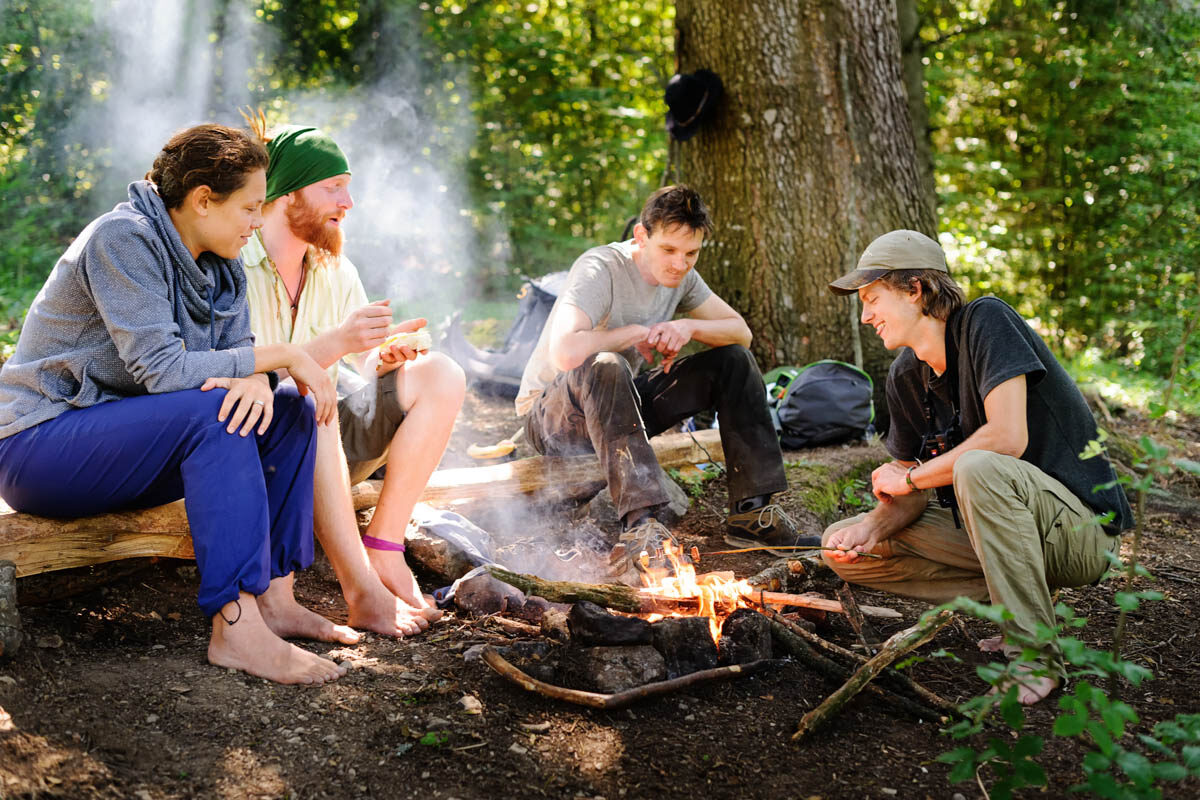
Working together
Building coalitions and providing support based on respect, trust and shared values. Connecting people of all backgrounds to co-create innovative ways of rewilding and deliver the best outcomes for communities and wild nature.
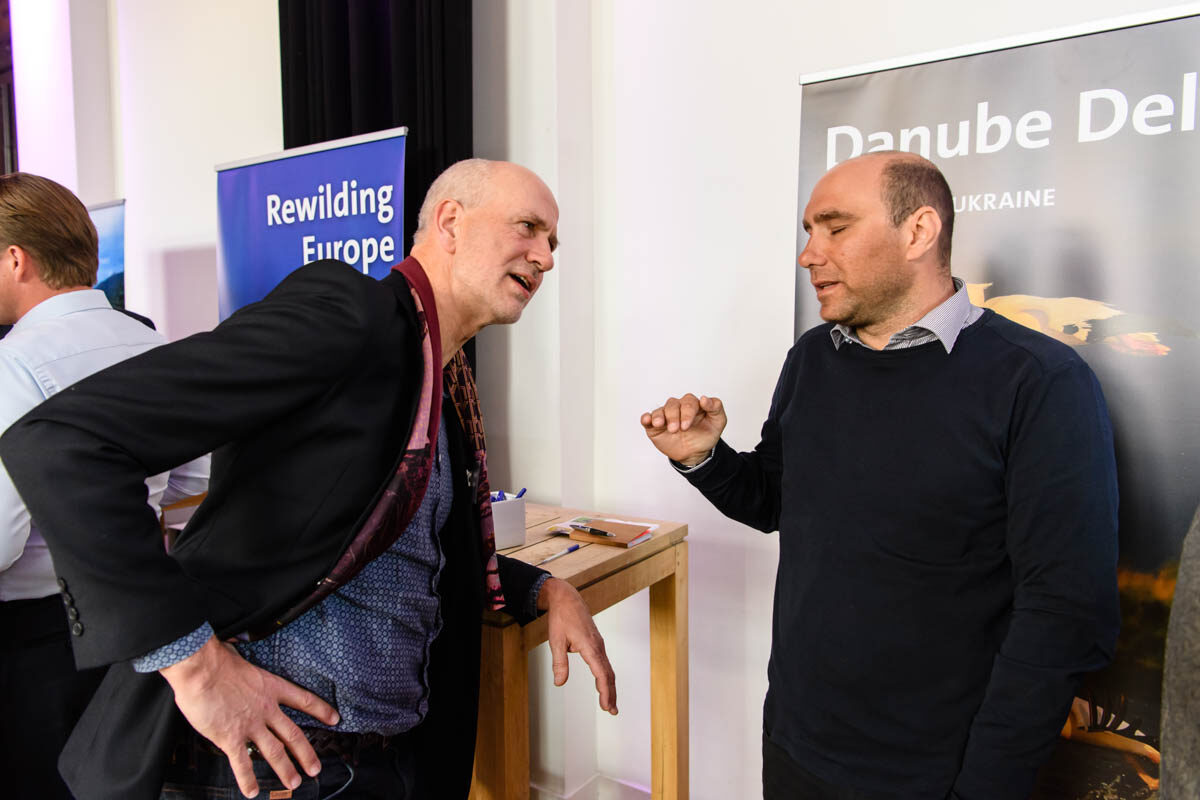
Knowledge exchange
Exchanging knowledge and expertise to continually refine rewilding best practice and achieve the best possible rewilding results. Using the best-available evidence, gathering and sharing data, and having the confidence to learn from failure will lead to success.